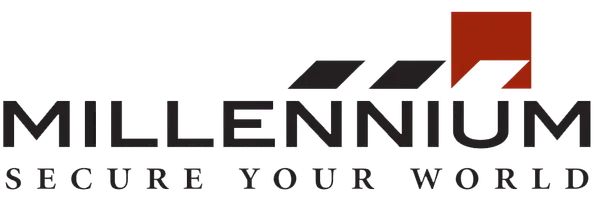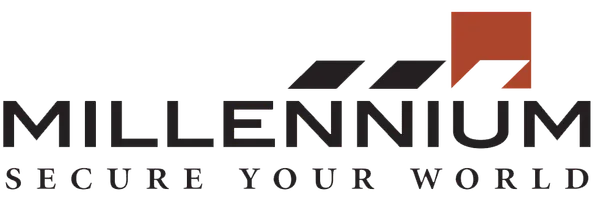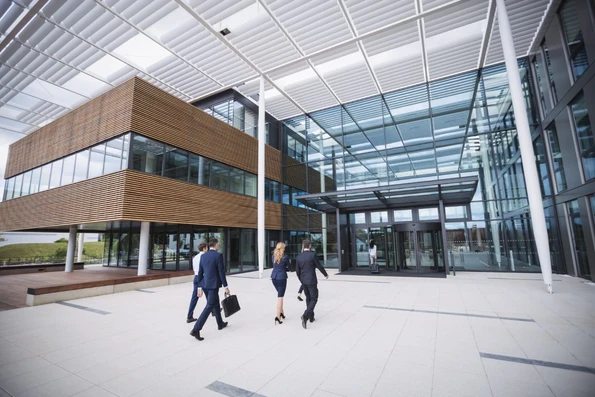In today’s intricate realm of property management, the challenges of overseeing day-to-day building operations and intricate systems can be daunting. Large properties often magnify inefficiencies, escalate operating expenses, and hinder the adoption of cutting-edge technology. Enter Building Management Systems (BMS), a solution designed to address these complexities and empower property owners. This article delves into the features and advantages that BMS brings to the table, shedding light on how they streamline operations and optimize performance.
Definition of Building Management System
Before we delve into the rich array of features and benefits that Building Management Systems (BMS) offer, it’s important to establish a clear definition. A Building Management System, or Building Automation System, is a computer application designed to oversee an array of mechanical and electronic systems within a structure.
Akin to a conductor orchestrating a symphony, a BMS exercises control over crucial systems such as HVAC, lighting, energy consumption, and fire safety. A built-in analytics module allows real-time monitoring of usage patterns, enhancing your ability to make informed decisions.
Unpacking BMS Features and Functionality
Imagine a “mission control” for your physical building – that’s what a BMS embodies. You can access a sophisticated BMS via your computer dashboard, offering user-friendly navigation and graphics. Whether on a dedicated device or your computer, the interface provides enhanced security measures such as password protection. It’s flexible too, enabling configuration of daily or seasonal schedules for all connected utilities.
The BMS serves as the nexus linking various building systems, providing a centralized interface for managing disparate elements. Its core functionalities include:
1. Illuminating Insights: Effortlessly control and monitor lighting, while tracking energy consumption to facilitate informed decision-making. Receive alerts prompting timely bulb replacements, and even schedule outdoor lights to illuminate automatically at night.
2. Enhanced Security: Seamlessly integrate with alarm systems and security cameras, enabling real-time tracking and management to safeguard your property.
3. Fire Safety and Sprinkler System: While primarily for monitoring, the BMS can collaborate with security systems to handle fire alarm panels, ventilation systems, and elevators during emergencies.
4. Access Control: Oversee access points to facilities like parking garages and pools, providing a robust amenity management solution.
5. Climate Optimization: Take charge of heating, air conditioning, and air handling systems to ensure optimal comfort and efficiency.

The Benefits of Embracing BMS
A BMS is more than just an interface – it’s a gateway to multifaceted advantages:
1. Optimal Comfort: Tailor lighting, air quality, and climate control schedules to ensure comfort for all occupants, enhancing their experience.
2. Efficient Energy Management: By scheduling lighting and HVAC systems, you minimize utility expenses and prolong system life, all while promoting energy efficiency.
3. Seamless Integration: Integrating the BMS with other systems bolsters data flow, facilitating actionable insights for better decision-making.
4. User-Friendly Advantage: Operating a unified BMS system proves simpler, quicker, and more efficient, reducing the risk of human errors.
5. Sustainability Champion: Effective energy management not only reduces operational costs but also contributes to a reduced carbon footprint, enhancing your property’s environmental impact.
Selecting the Right BMS
Choosing the ideal Building Management System requires careful consideration:
1. Ease of Implementation: Opt for systems with straightforward implementation to avoid complex onboarding and operational hassles.
2. Future-Ready Approach: Ensure the BMS aligns with your long-term goals and accommodates future scalability, preventing frequent system changes.
In a landscape where efficiency reigns supreme, Building Management Systems emerge as essential tools for streamlined operations and enhanced sustainability. Their role in centralizing control, optimizing resource utilization, and providing real-time insights makes them invaluable assets for modern property management. As automation technology continues to evolve, the BMS remains a powerful driver in shaping a smarter, more efficient future.











